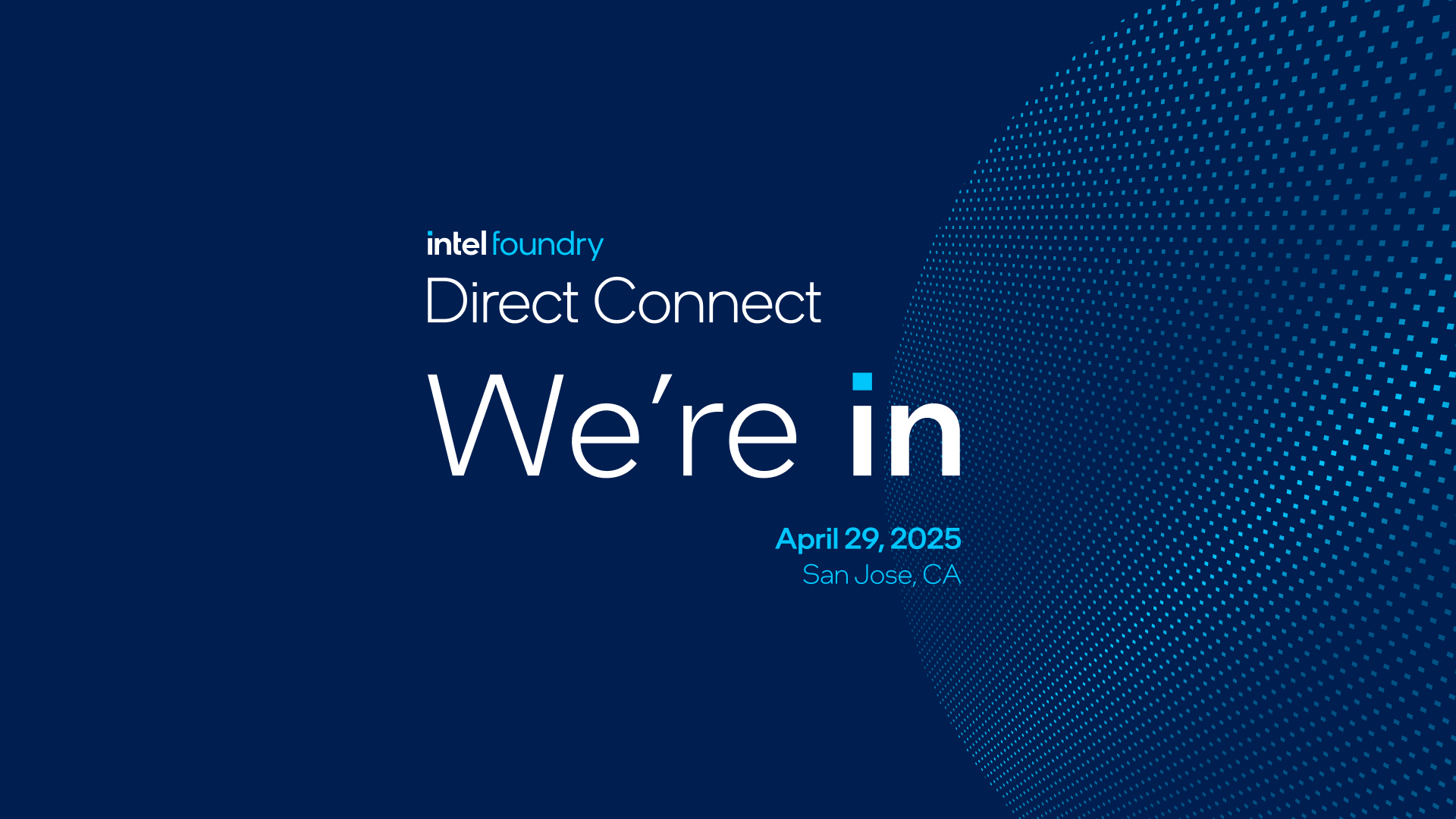Faraday Technology Corporation (TWSE: 3035), a leader in ASIC design services and IP solutions, announces its collaboration with Arm and Intel in spearheading the development of a 64-core System-on-Chip (SoC) utilizing Intel 18A technology. This innovative SoC seamlessly integrates Arm® Neoverse™ Compute Subsystems (CSS), delivering unparalleled performance and power efficiency tailored for the construction of scalable hyperscale datacenters, infrastructure edge, and advanced 5G networks.
The Arm-based SoC is designed to be a fundamental component of Faraday's upcoming SoC evaluation platform, which aims to empower customers in accelerating the development of data center servers, high-performance computing (HPC)-related ASICs and custom SoCs. The platform will further incorporate interface IPs from the Arm Total Design ecosystem, ensuring a comprehensive implementation and verification process for 18A technology. This integrated approach is poised to streamline SoC architecture exploration within the front-end design flow, ultimately reducing the overall chip development timeline. The solution is expected to be available in 1H2025.
"As a design service partner in Arm Total Design, Faraday strategically targets the most advanced technology nodes to fulfill the evolving needs of future applications," said Steve Wang, CEO of Faraday. "We are excited to announce the development of our new Arm Neoverse-based SoC platform, leveraging Intel 18A technology. This solution will benefit our ASIC and DIS (Design Implementation Service) customers, enabling them to expedite the time-to-market for cutting-edge data center and HPC applications."
"The advancements in AI and the proliferation of data throughout the entire infrastructure emphasizes the importance of Neoverse CSS and the need for an ecosystem like Arm Total Design to accelerate innovation," said Mohamed Awad, senior vice president and general manager, Infrastructure Line of Business, Arm. "We're thrilled to see industry leaders like Faraday and Intel on the cutting edge of Arm-based custom silicon development with their Neoverse CSS-based SoC and we look forward to how this innovation advances development in data center and HPC applications."
"We are pleased to work with Faraday in the development of the SoC based on Arm Neoverse CSS utilizing our most competitive Intel 18A process technology," said Stuart Pann, Intel senior vice president and general manager of Intel Foundry Services (IFS). "Our strategic collaboration with Faraday demonstrates our commitment to delivering technology and manufacturing innovation across the global semiconductor supply chain helping Faraday's customers to seamlessly meet the world-leading power and performance standards for SoC designs."
About Faraday Technology Corporation
Faraday Technology Corporation (TWSE: 3035) is dedicated to the mission of benefiting humanity and upholding sustainable values in every IC it handles. The company offers a comprehensive range of ASIC solutions, including total 3DIC packaging, Neoverse CSS design, FPGA-Go-ASIC, and design implementation services. Furthermore, its extensive silicon IP portfolio encompasses a wide array of offerings, such as I/O, Cell Library, Memory Compiler, ARM-compliant CPUs, LPDDR4/4X, DDR4/3, MIPI D-PHY, V-by-One, USB 3.1/2.0, 10/100 Ethernet, Giga Ethernet, SATA3/2, PCIe Gen4/3, and SerDes. For further details, visit www.faraday-tech.com or follow Faraday on LinkedIn.
#intel #umc #semiconductorindustry #semiconductor #semiconductors #ASIC #arm #semiconductormanufacturing

